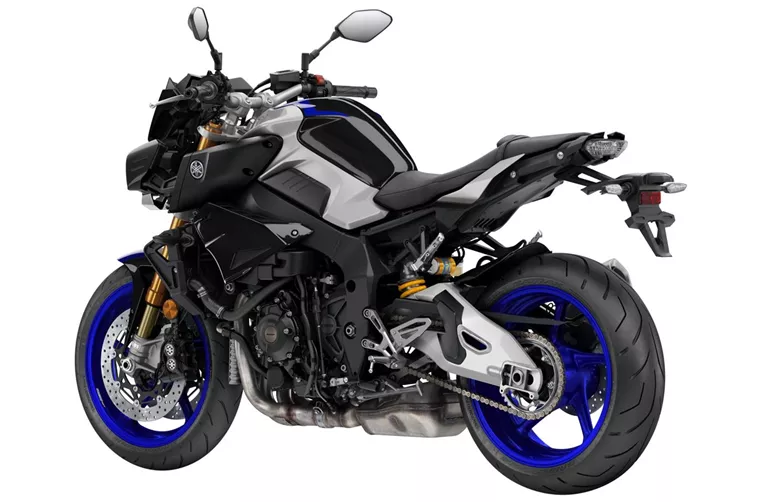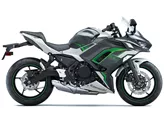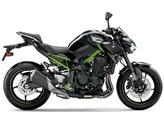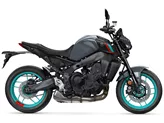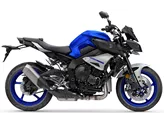Yamaha MT-10 SP 2020 vs. Kawasaki Z900 2019
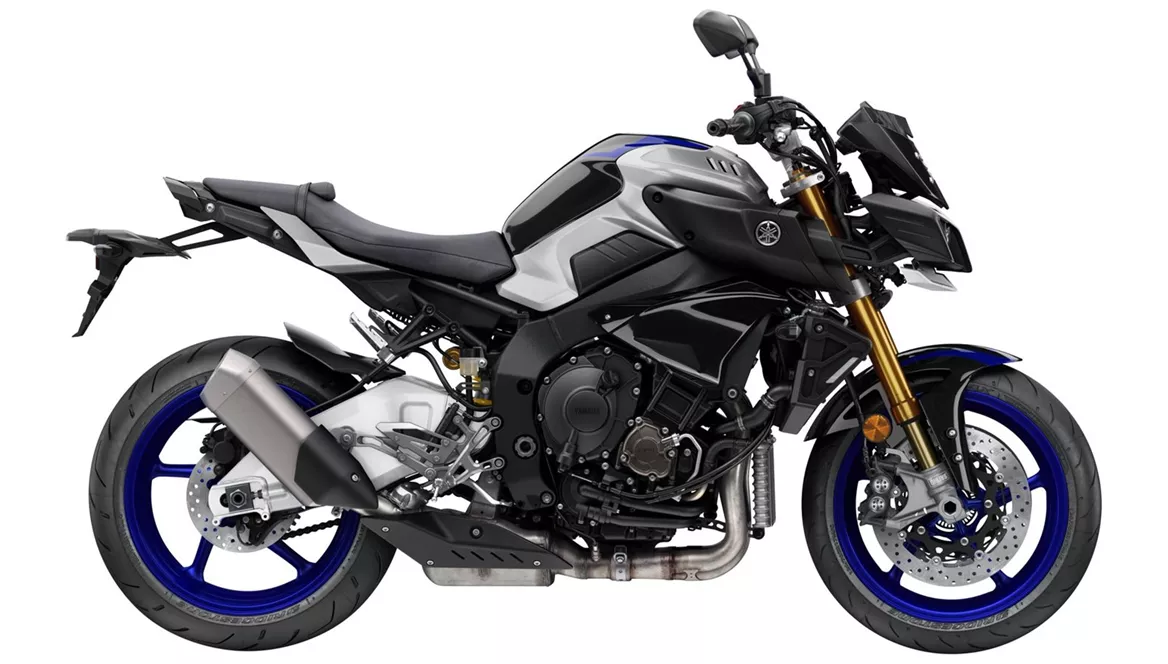
Yamaha MT-10 SP 2020

Kawasaki Z900 2019
Overview - Yamaha MT-10 SP 2020 vs Kawasaki Z900 2019
The Yamaha MT-10 SP 2020 and the Kawasaki Z900 2019 are both naked bikes with similar engine types, fuel systems, and cooling systems. However, there are several key differences between the two models.
In terms of engine power, the Yamaha MT-10 SP 2020 has a higher output with 160 HP compared to the Kawasaki Z900 2019's 125.4 HP. The Yamaha also has a higher torque rating of 111 Nm, while the Kawasaki has a torque rating of 98.6 Nm. This means that the Yamaha may offer more aggressive acceleration and better overall performance.
Both bikes have four cylinders and a liquid cooling system, ensuring efficient heat dissipation. The Yamaha has a slightly larger displacement of 998 ccm compared to the Kawasaki's 948 ccm, which may contribute to its higher power output.
In terms of suspension, both bikes feature upside-down telescopic forks at the front and swing arm suspension at the rear. However, the Yamaha MT-10 SP 2020 offers more adjustment options for the front and rear suspension, including compression, preload, and rebound adjustments. The Yamaha also has an aluminum swing arm, which may offer better stability and handling compared to the Kawasaki's aluminum swing arm.

Yamaha MT-10 SP 2020
In terms of chassis, the Yamaha MT-10 SP 2020 features an aluminum frame, while the Kawasaki Z900 2019 has a steel frame. The aluminum frame of the Yamaha may offer better rigidity and lighter weight, contributing to improved handling and maneuverability.
Both bikes have double disk brakes at the front, but the Yamaha has larger diameter disks at 320 mm compared to the Kawasaki's 300 mm. This may result in better braking performance and shorter stopping distances for the Yamaha.
In terms of advanced rider assistance systems, the Yamaha MT-10 SP 2020 offers a range of features including ABS, electronically adjustable suspension, riding modes, ride by wire, and traction control. The Kawasaki Z900 2019, on the other hand, only offers ABS. The additional rider assistance systems on the Yamaha may enhance safety and provide a more customizable riding experience.
In terms of dimensions and weights, both bikes have similar front and rear tire widths and diameters. The Yamaha has a slightly shorter wheelbase of 1400 mm compared to the Kawasaki's 1450 mm, which may contribute to its more agile handling. The seat height of the Yamaha is also slightly higher at 825 mm compared to the Kawasaki's 795 mm.

Kawasaki Z900 2019
Both bikes have a kerb weight of 210 kg with ABS, ensuring a stable and balanced ride. However, it is worth noting that the Yamaha MT-10 SP 2020 has a higher fuel consumption compared to the Kawasaki Z900 2019.
In terms of strengths, the Yamaha MT-10 SP 2020 is praised for its great sound, high-quality chassis and suspension, pleasant wind protection, comfortable seating position, and great engine response. On the other hand, the Kawasaki Z900 2019 is praised for its light and natural handling, silky engine with strong mid-range pull, high chassis transparency, comfortable seating position, and fair price.
In terms of weaknesses, the Yamaha MT-10 SP 2020 is criticized for its quickshifter, which is said to be better in other manufacturer's models, and its high fuel consumption. The Kawasaki Z900 2019 is criticized for its low-mounted TFT display, cumbersome menu operation, and rearview mirrors with limited visibility.
Overall, both the Yamaha MT-10 SP 2020 and the Kawasaki Z900 2019 offer unique strengths and weaknesses. The Yamaha may appeal to riders looking for a bike with a more aggressive performance and advanced rider assistance systems, while the Kawasaki may be a good choice for those seeking a bike with a comfortable seating position and a fair price.
Technical Specifications Yamaha MT-10 SP 2020 compared to Kawasaki Z900 2019
Pros and Cons in comparison
Pros and Cons in comparison
Yamaha MT-10 SP 2020
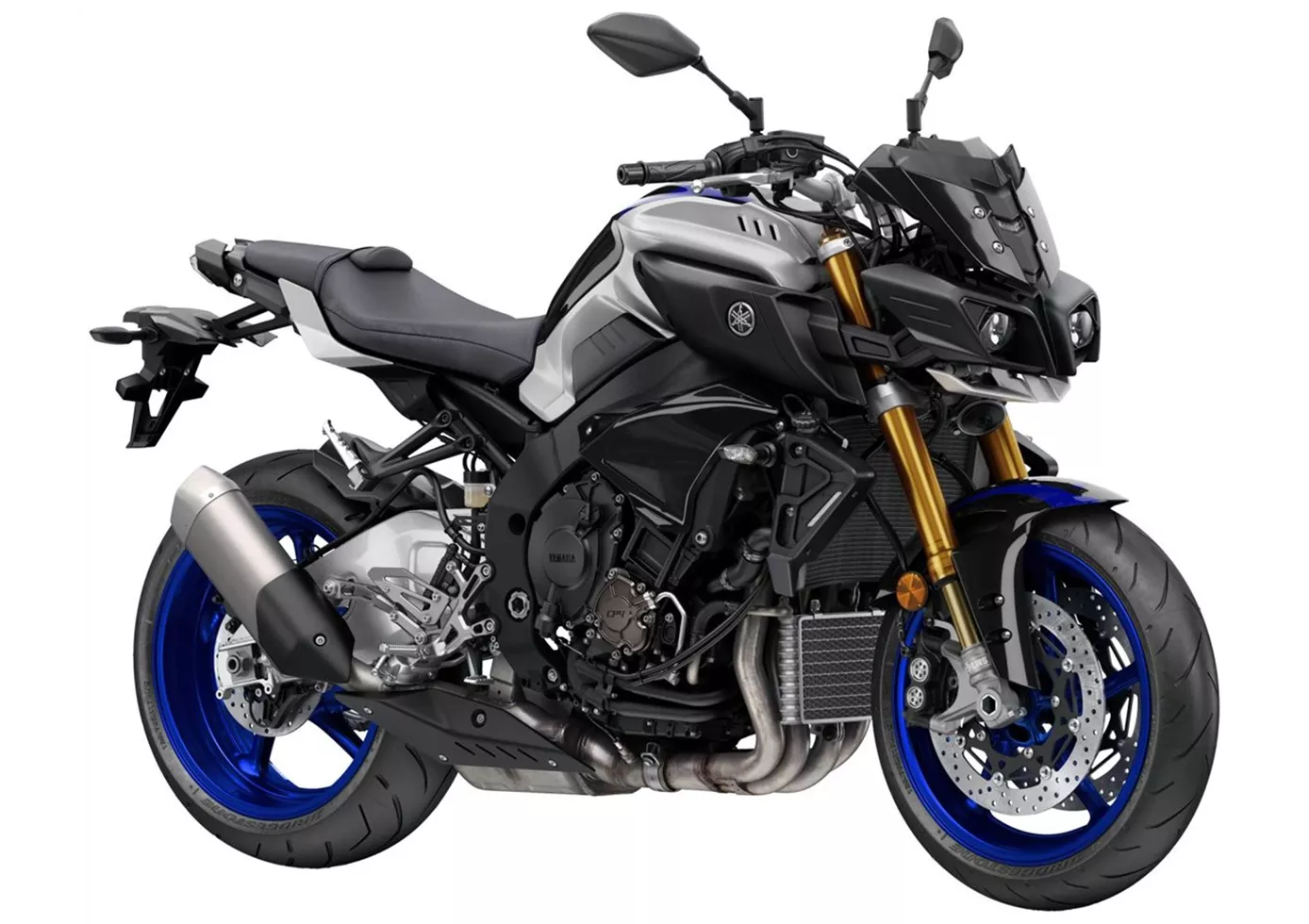
The Yamaha MT-10 SP inspires with a high degree of perfection combined with a truckload of emotion. Rarely do Japanese manufacturers manage to penetrate so deeply into the domain of the Europeans. The bike rides very nastily when needed, but can also be used quite civilly in city traffic. On top of that, the electronically adjustable Öhlins suspension offers a lot of riding comfort. All in all, an outstanding all-rounder that can do much more than just look bad.
Kawasaki Z900 2019

Fortunately, the new Kawasaki Z900 has lost none of its character through the use of electronics. It is and remains a playful mid-range naked bike, which at the same time masters the brisk pace on the country road magnificently. The riding pleasure and suitability for everyday use are high, the now installed riding aids offer a plus in safety. Your opponents will have a really hard time from now on.
Price Comparison Avarage Market Price Yamaha MT-10 SP vs Kawasaki Z900
There are a few key differences between a Yamaha MT-10 SP 2020 and a Kawasaki Z900 2019. It takes less time to sell a Kawasaki Z900 with 116 days compared to 173 days for the Yamaha MT-10 SP. Since model year 2017 1000PS.de editors have written 18 reviews for the Yamaha MT-10 SP and 46 reviews for the Kawasaki Z900 since model year 2017. The first review for the Yamaha MT-10 SP was published on 10/4/2016 and now has more than 28,600 views. This compares to more than 93,200 views for the first review on Kawasaki Z900 published on 11/11/2016.
